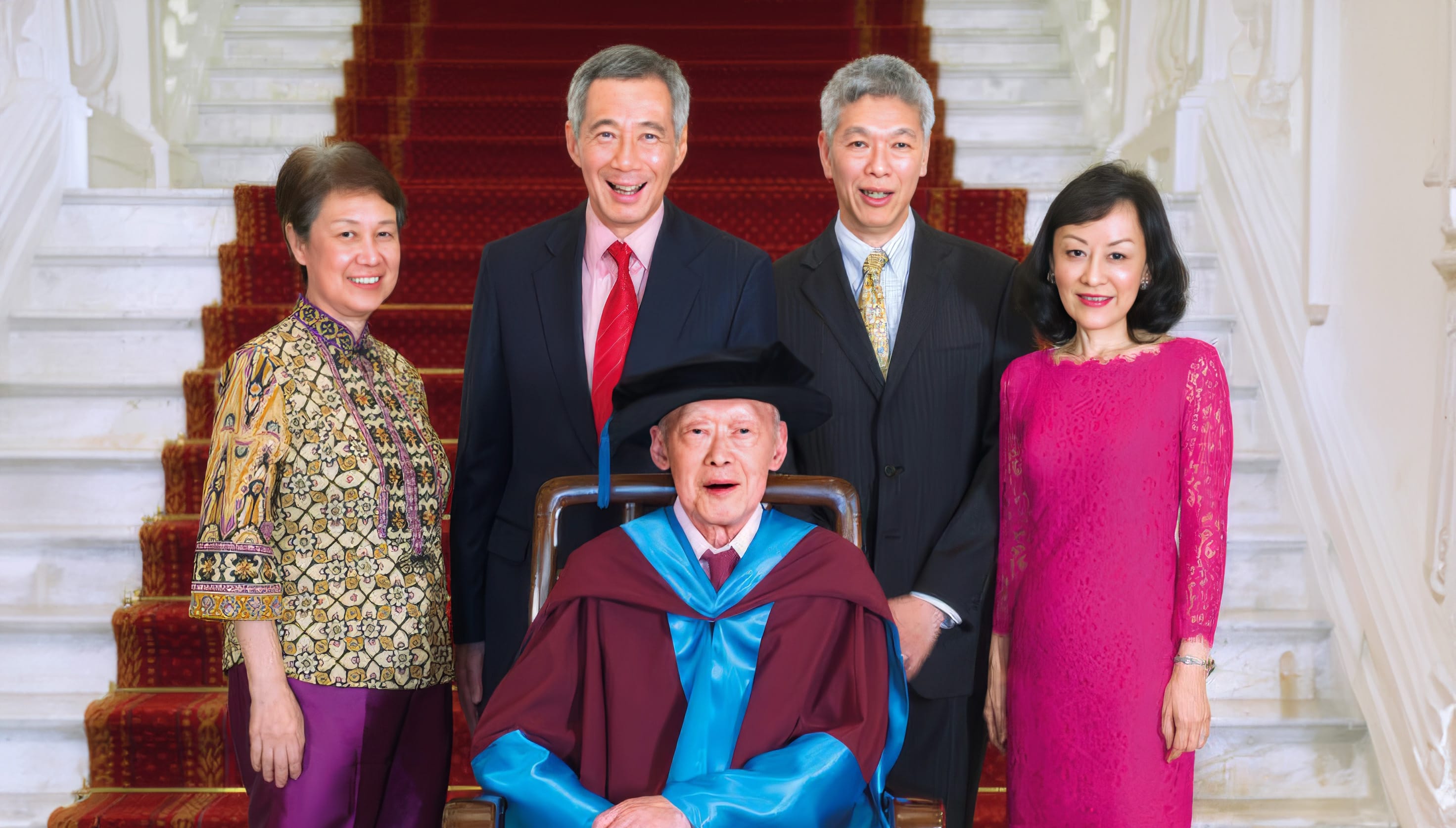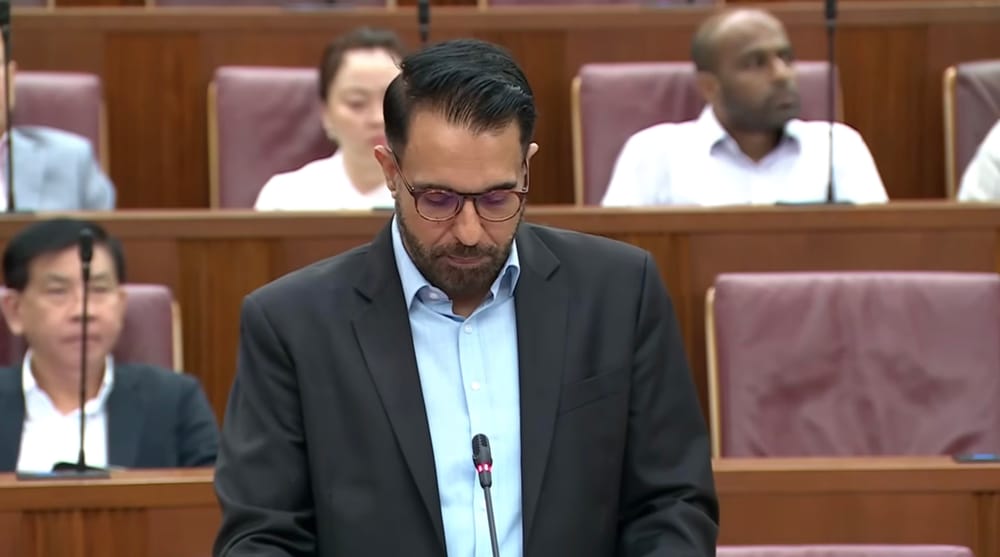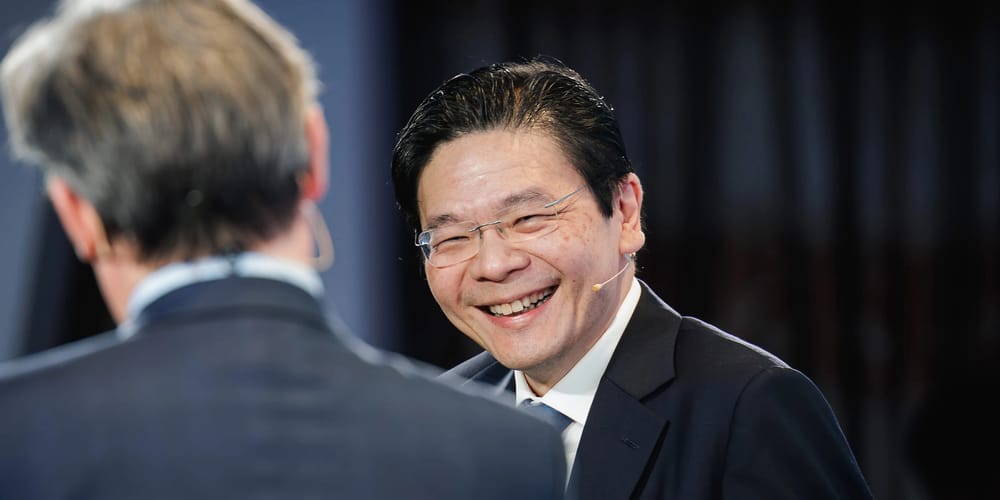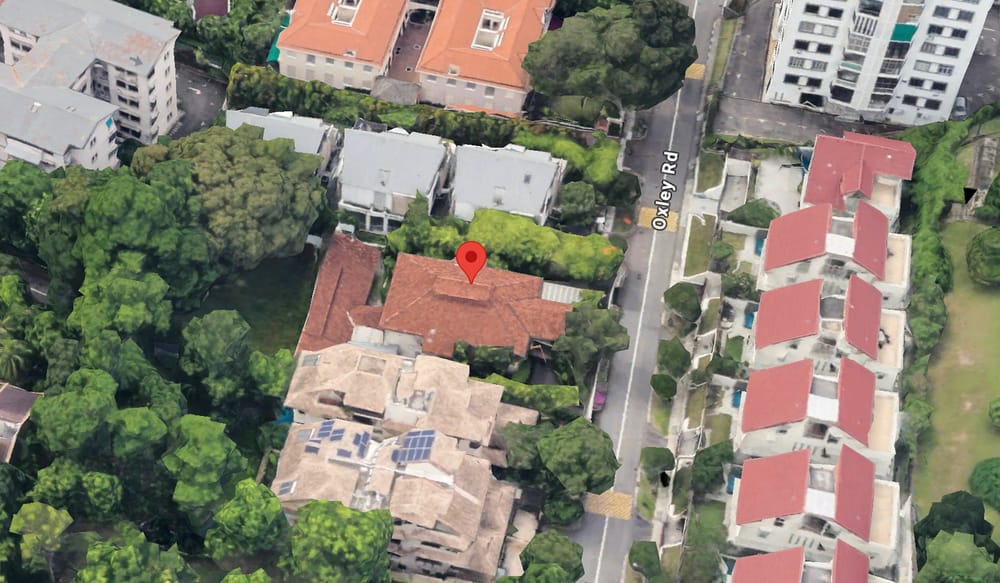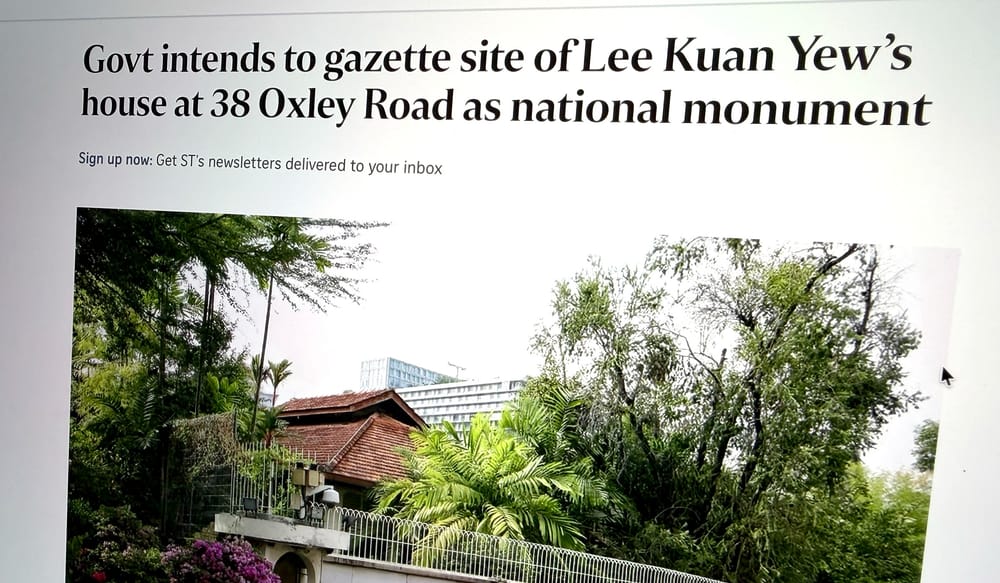Much of the drama regarding Lee Kuan Yew's house has its source in his wishes regarding the building's future. The founder of modern-day, independent Singapore stated several times that he would prefer the house to be demolished, before accepting its preservation under certain conditions (that the house is modernised and substantially remodelled).
What he failed to accept, however, is that being a founder of the nation, how he is going to be remembered and what is preserved about his and his family's life was no longer up to him.
Important historical figures may not consider themselves as such. After all, they're living, breathing human beings, regardless of the influence they have had on other people.
But by having played a major role of some sort, they have to accept that the details of their private lives have to be surrendered to the public.
Their existence becomes a subject of enduring scrutiny, carefully examined by generations of historians, and a matter of public interest for decades or even centuries into the future.
This includes their possessions, which become artifacts of an important era in the nation's (or even mankind's) history, as well properties, often transformed into museums holdings those items.
To Lee Kuan Yew and his children 38 Oxley Road was just a house. Looking at it as their occupants it may have been hard for them to appreciate its historical value, which is particularly high for a very young country with few landmarks – especially from its post-colonial era.
Preservation of the bungalow would allow both researchers as well as regular Singaporeans to transport themselves for a few minutes into that era, into the life of Lee Kuan Yew and the Lee family, and experience the context in which many major decisions about their country were made.
Having this opportunity becomes more important as years go by and people forget the Singapore of old, as fewer remnants of it remain.
In fact, given the long history of the house, which was built in late 19th century, it could become a journey through time – from the British period, through the Japanese occupation to independent Singapore, where its founding father lived with his family.
What's more, not only Lee Kuan Yew's wishes should be ignored, but those of his wife as well, who reportedly did not want the private quarters to be available to the public. That too is a part of Singapore's history and should be preserved by and for posterity for educational purposes.
As I said, due to their importance, the details of their private lives belong to the public now.
Asking for the house to be torn down or significantly altered would be like blowing up a castle or a palace somewhere in Europe. Not for the artistic value or wealth of decor – which, of course, are incomparable – but for historical significance to the nation.
Its demolition would cause irreversible damage to Singapore. Another condo can always be built somewhere – but nobody can build back that house once it's gone.
That's why any decision about its future should not be taken lightly nor hastily.
As a matter of fact, it should be left until all of the people personally involved with the property pass away.
Leave it until all of LKY’s children are gone
Immediate descendants of Lee Kuan Yew are really just temporary custodians of his heritage – heritage that is bigger than they are – and, as such, should not make any final decisions about the building, because they cannot be objective referees on the matter.
Whether or not it is kept as is, remodelled, turned into a museum or simply torn down should be left to future generations.
Once the dust settles and the eldest Lees are no longer around, the society, through its future governments, would be free to once again consider the value of the house to Singapore.
Until then it should be kept intact, waiting for someone who is not emotionally invested in either its preservation or demolition.
Its future, like its past, is bigger than any one person or family.



